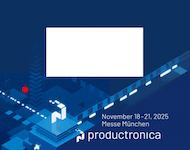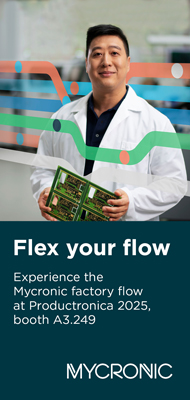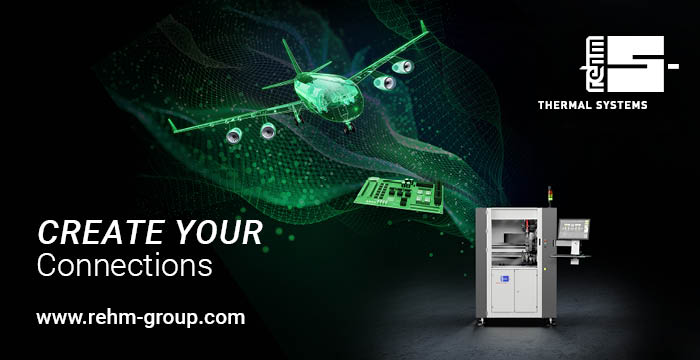
Northrop integrates spacecraft for space robotic servicing system
Integrating the US Naval Research Laboratory’s robotics payload onto MRV brings SpaceLogistics closer to delivering the first commercial spacecraft with robotic servicing capabilities for commercial and government satellites in geosynchronous earth orbit.
Northrop Grumman Corporation’s SpaceLogistics has integrated a robotics payload onto its Mission Robotic Vehicle (MRV) spacecraft bus, achieving another milestone for its MRV and the Defense Advanced Research Project Agency’s Robotic Servicing of Geosynchronous Satellites (RSGS) program, according to a media release.
The sophisticated robotics of the MRV builds on the company’s proven satellite servicing technology. Integrating the US Naval Research Laboratory’s robotics payload onto MRV brings SpaceLogistics closer to delivering the first commercial spacecraft with robotic servicing capabilities for commercial and government satellites in geosynchronous earth orbit. Next, it will go through environmental testing to validate its performance in space.
“Innovative. Flexible. Adaptable. That is how we see the future of on-orbit servicing, and it is why we are the leading industry advocate for a model of future satellite operations that increases value for our customers,” said Rob Hauge, president, SpaceLogistics. “With advanced robotics technology and our proven experience in satellite servicing, we are delivering the next generation of in-space sustainment technologies.”
Northrop Grumman is an aerospace and defense technology company headquartered in Falls Church, Virginia. SpaceLogistics, a wholly owned subsidiary of Northrop Grumman, provides cooperative space logistics and in-orbit satellite servicing to geosynchronous satellite operators using its fleet of commercial servicing vehicles — the Mission Extension Vehicle, the Mission Robotic Vehicle and the Mission Extension Pods.




